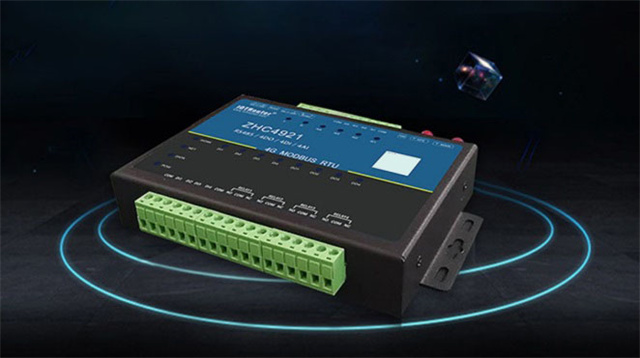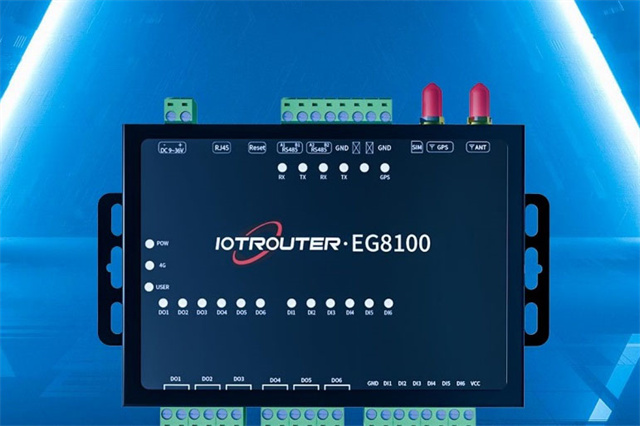The 4G module is a hardware device used to connect to a wireless network, which enables smart devices to achieve high-speed, wireless data transmission through mobile communication networks. With the popularity of smart devices and the increase in frequency of use, 4G modules are increasingly used in various fields. This article will explain in detail the concept, working principle and role of 4G modules in smart devices.

What is a 4G module? The 4G module is a hardware device that can support the fourth generation of mobile communication technology. It uses LTE (Long Term Evolution) or WiMAX (Worldwide Interoperability for Microwave Access) communication technology to achieve high-speed and stable wireless data transmission. Compared with traditional 3G modules, 4G modules have higher data transmission rates, lower delays and better network capacity, which can better meet people’s needs for high-speed interconnection.
How the 4G module works
The 4G module integrates a dedicated chip that can receive and send wireless signals. When a smart device needs to connect to a mobile communication network, the 4G module will obtain the information in the mobile phone card, authenticate and register with the network operator, and obtain network access rights. Once the connection is established, the smart device can interact with the Internet through the 4G module.
During the data transmission process, the 4G module will divide the data into small data packets and send them out through wireless signals. The 4G module at the receiving end receives these data packets and reassembles them into complete data. Because the 4G module supports high-speed transmission and large-capacity networks, it can achieve fast and stable data transmission.

The role of 4G modules in smart devices 4G modules play a key role in smart devices.
1. It provides high-speed, wireless network connection, enabling smart devices to receive and send data in real time. This is important for applications that require real-time interaction, such as online gaming, video calling, and remote monitoring.
The 2.4G module can realize mobile office. With the popularity of cloud computing and mobile office, people increasingly need to access company internal data and applications through smart devices. The high-speed connection and stability of the 4G module enable smart devices to quickly connect to the company’s network and realize data interaction with devices in the office.
3.4G modules are also widely used in the Internet of Things. The Internet of Things connects various smart devices together to form a network that communicates and collaborates with each other. As a link between IoT devices and the Internet, the 4G module not only provides communication functions, but also enables remote management and monitoring of IoT devices.
Summary 4G module is a hardware device connected to a wireless network, which can realize high-speed, wireless data transmission of smart devices. It provides faster and more stable network connections through high-speed LTE or WiMAX communication technology. In smart devices, 4G modules play a key role, enabling real-time interaction, mobile office, and Internet of Things applications. With the development and popularization of smart devices, the application fields of 4G modules will become more and more extensive, bringing more convenience and possibilities to people’s lives and work.